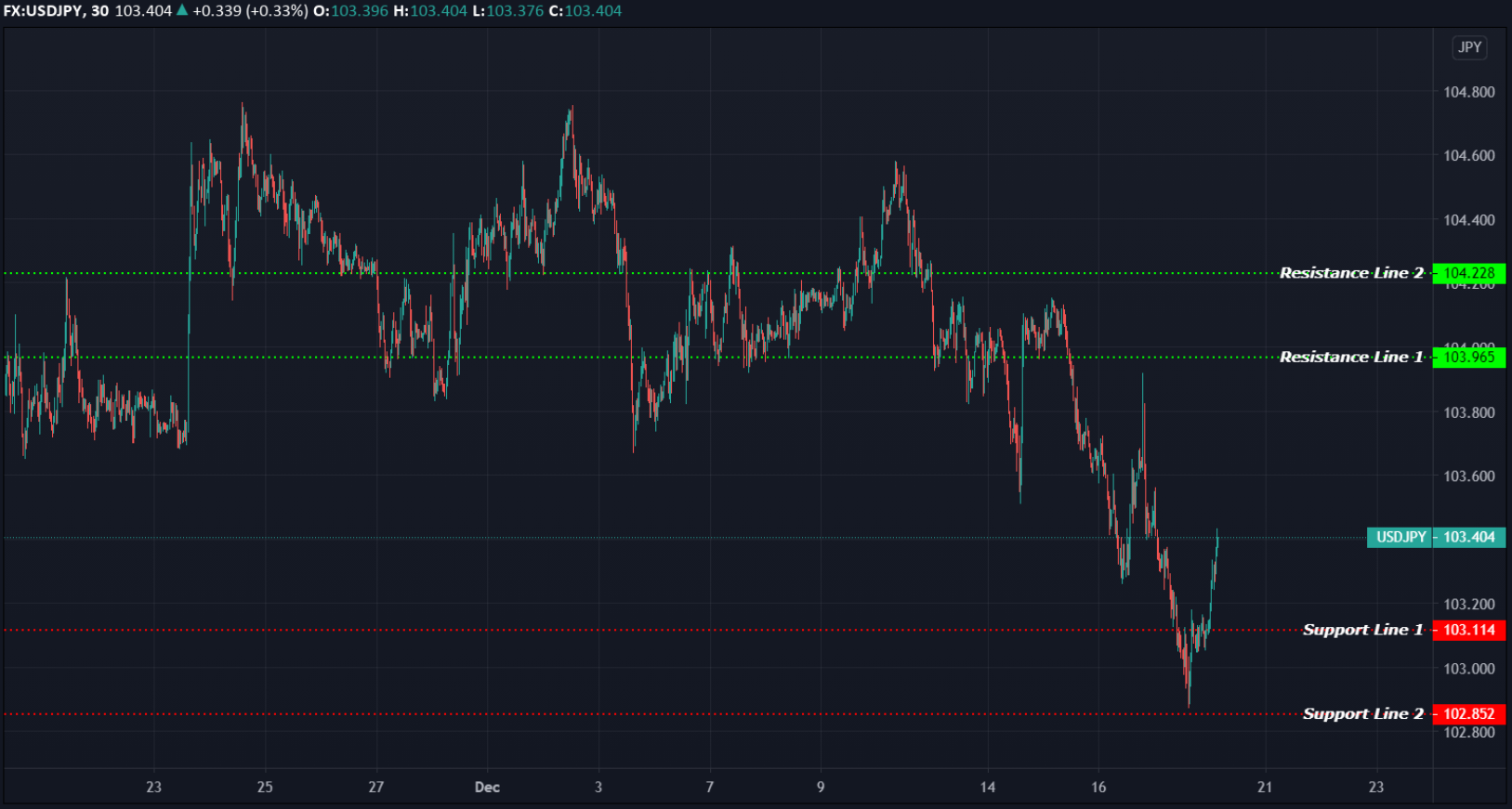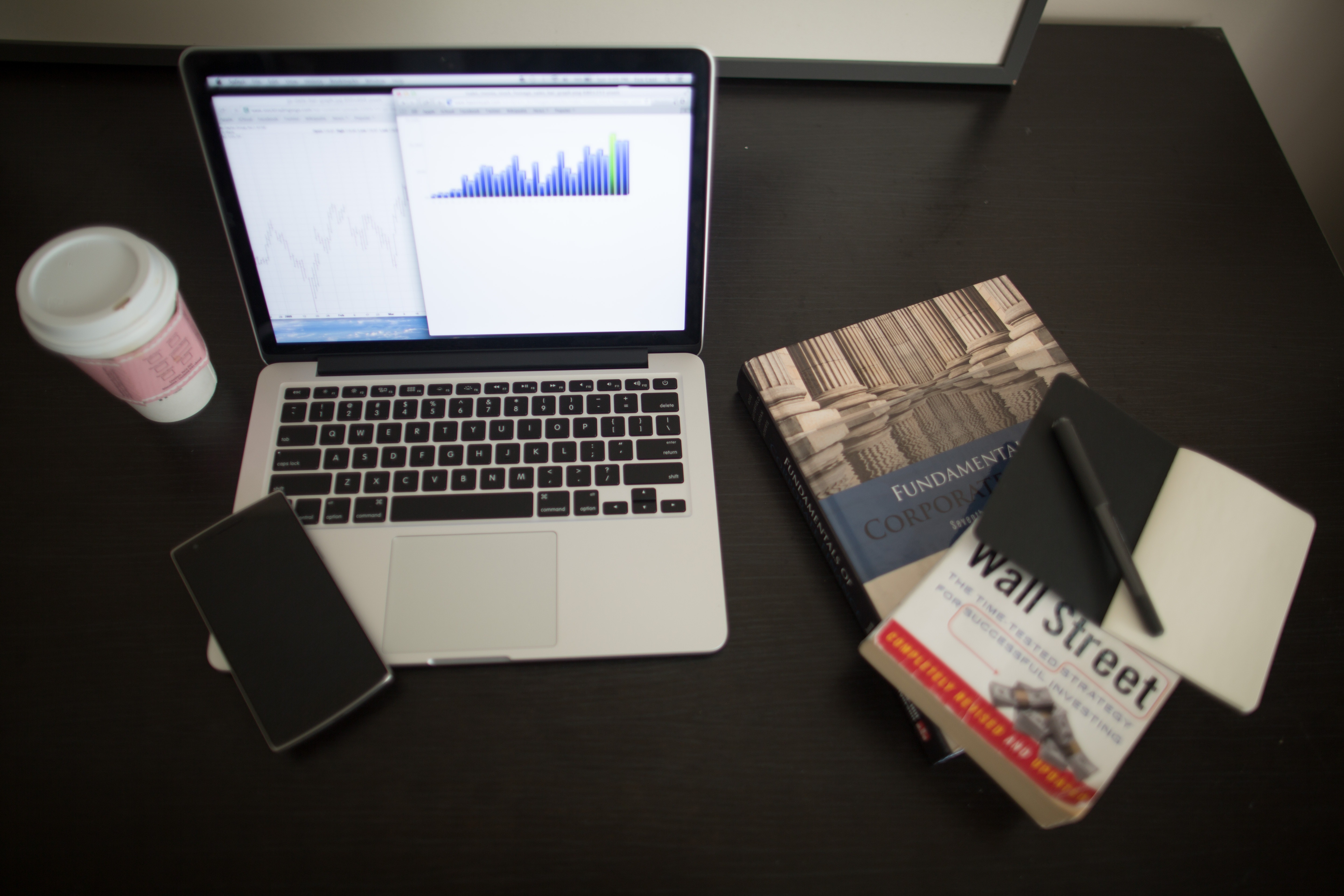EQUITIES
Asia-Pacific markets traded mixed on Friday. The Australia’s S&P/ASX 200 led the loss by -0.82%, while the Japan’s Nikkei 225 shed 0.19%. The Hong Kong’s Hang Seng index slipped 0.68%, and Singapore’s Straits Times index declined -0.08% below flatline. Meanwhile, the Shanghai Composite gains 0.05%, and the South Korea’s KOSPI added -0.15% higher.
Overnight on Wall Street, the Dow Jones Industrial Average rose 0.5%, the S&P 500 gained 0.6% and the Nasdaq Composite picked up another 0.8% to its third-straight daily record.
OIL
Oil prices were lower in the morning of Asia trading hours. The Brent crude futures traded to $51.35 a barrel, while U.S. crude at $48.29.
On Thursday, Brent closed at $51.50 per barrel, while WTI futures ended at $48.36 per barrel.
CURRENCIES
The dollar index on Thursday fell as low as 89.723 against a basket of currencies, breaking below 90 for the first time since April 2018, and was last at 89.97.
Better-than-expected labour data in Australia pushed the Australian dollar as high as $0.7624, its strongest since mid-2018. The kiwi rose to a 2-1/2-year high of $0.7132 Friday.
Bitcoin hit another all-time high after first shattering the US$20,000 level, riding on the momentum, it is up 200% this year.
GOLD
Spot gold touched a 1-month high in the overnight session, before slipped and currently trading at $1,882.30 per ounce, while added to around $1,886.00 per ounce for gold futures. Previously closed at $1,885.90 and $1,890.00, respectively.
Silver trading at $25.79, platinum trading at $1,032.00 and palladium trading at $2,192.00.
ECONOMIC OUTLOOK
Asian stock vigilantly traded on Friday, as the investor mood in the region shifted to broader caution about the economic outlook and as post-Brexit worries weighed, plus the concerns about the still rising virus infections.
Britain and the EU struck a pessimistic tone in trade talks on Thursday, with a spokesman for PM Boris Johnson saying it was "very likely" there would be no agreement unless the bloc changed its position.
Negotiators in Washington were scrambling to agree on details of a $900 billion COVID-19 aid bill. Lawmakers from both parties said failing to agree was not an option. Republican Senate Majority Leader Mitch McConnell said negotiations could spill into the weekend.
Applications for U.S. new unemployment benefits unexpectedly jumped to the highest level in three months, rose by 23,000 to 885,000 in the week ended Dec 12, while continuing claims declined by 273,000 to 5.51 million in the week ended Dec 5.
To date, number of confirmed worldwide cases for COVID-19 pandemic has surpassed 74.905 million affecting 213 countries and territories around the world and 2 international conveyances, recording more than 1.66 million fatality globally.
TECHNICAL OUTLOOK
[USDJPY]
Important Levels to Watch for Today:
- Resistance line of 103.965 and 104.228.
- Support line of 103.114 and 102.852.
Commentary/ Reason:
- The greenback last traded at 103.404 yen after sunk through to 9-month low of 102.878 yen overnight and looked set for its worst week in a month on Friday.
- The pair little moved as it held gains ahead of Japan’s its interest rate decision and monetary policy statement on Friday.
- The BoJ ends its 2-day policy meeting on Friday and is expected to leave rates steady but announce an extension of a package of steps aimed at easing corporate funding strains.
- The rally in stocks, progress in Brexit trade talks and U.S. stimulus negotiations also performed among the catalyst in hampering dollar moves.















